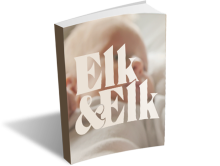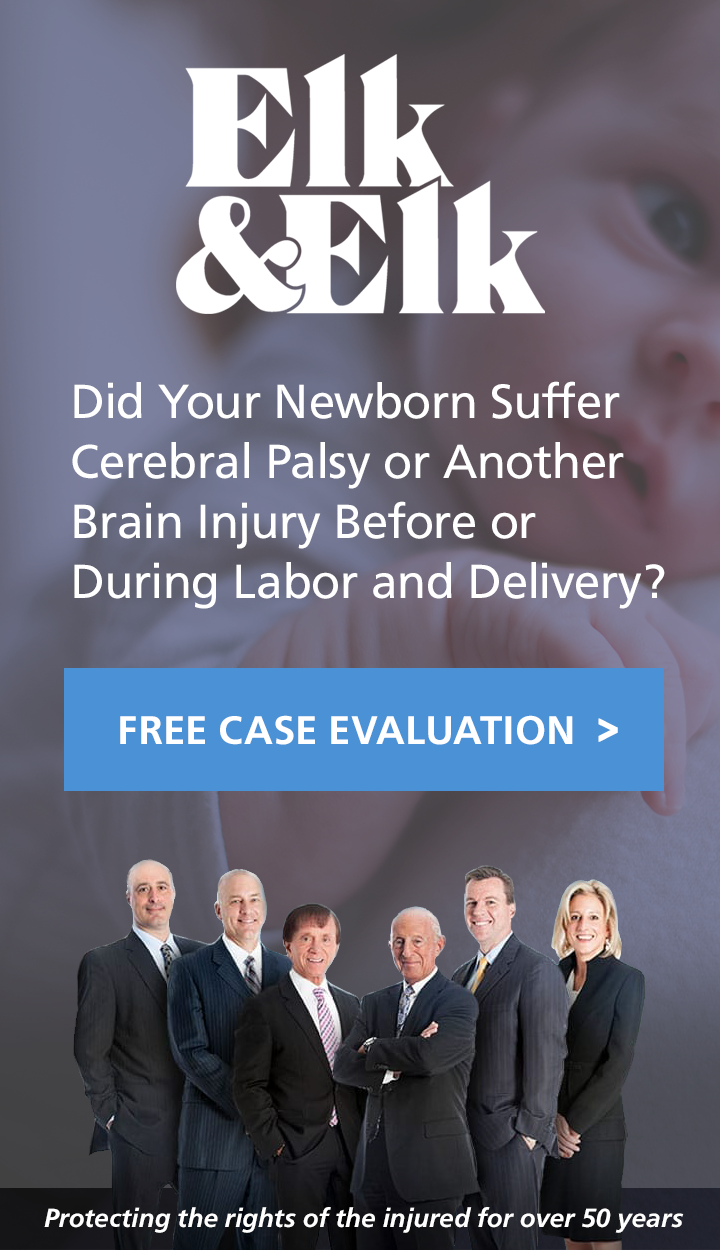Therapeutic Hypothermia - Feeding During Treatment
Therapeutic hypothermia is a clinical treatment that cools the body in order to promote healing and slow the progression of disease. Infants with mild to moderate hypoxic-ischemic encephalopathy, HIE, may benefit the most from cooling therapy. Therapy begins as soon after birth as possible but no later than 6 hours after birth.
Get A 100% Free CASE EvaluationFeeding During Treatment
Generally, infants are sedated during therapeutic hypothermia cooling treatments. The infant could be receiving medications intravenously such as those to reduce seizures and to stabilize blood pressure. Additionally, some babies are also ventilated. Infants are given nutrition intravenously at this time. Because they are under sedation, babies are not ready yet to be breast or bottle fed. Instead, they must receive their nutrition through a feeding tube or intravenously. Careful monitoring of fluids and nutrition is done during treatment.
Mothers may be instructed to pump their breast milk while their baby is in NICU. This ensures that the mother’s milk supply continues until the infant is able to breastfeed on his own. After cooling treatment, the mother’s milk may be utilized to bottle feed the baby in order to properly monitor the amount of intake. Supplemental nutrition might be necessary for some infants.
What to Expect after Treatment
Cooling treatment typically lasts for 72 hours. When treatment is complete the infant is slowly warmed back to normal temperature. Once the newborn is at normal temperature he still usually requires monitoring. A neurological exam will be done to determine what ongoing treatments or medications are required. After treatment it may take a few days or more for the baby to start to return to normal.
Neurological examination along with brain activity monitoring is used to help doctors diagnose the child’s condition. Because damage has occurred to the brain the complete extent of injuries may not be known until the child begins to miss developmental milestones. The severity of the injury will help to determine how soon the baby will be allowed to leave NICU and go home.
Feeding after Treatment
After treatment is done the child will be assessed before introducing feedings. The infant has likely not yet breastfed nor has he taken a bottle, so his sucking reflex will need to be monitored. It may take some time for the infant to breastfeed. A specialist could be helpful at this time to assist in getting the baby to feed. Some infants may be unable to breastfeed, especially if they are taking medications that make them sleepy. The baby may need to be fed by the bottle so that precise intake can be better measured.
Infants may vary widely in how well they begin to suck and take a bottle after having had cooling therapy. Those who are having trouble will still require intravenous nutrition until such time as they are better able to feed on their own. This can take some time and patience. The nurses or a specialist may be on hand to assist mothers in trying to get their infant to begin eating. Once the child goes home the parents must assist with their infant’s needs including making sure that special nutritional needs continue to be met.


